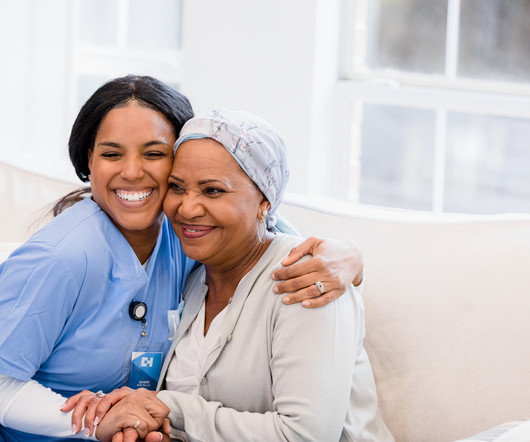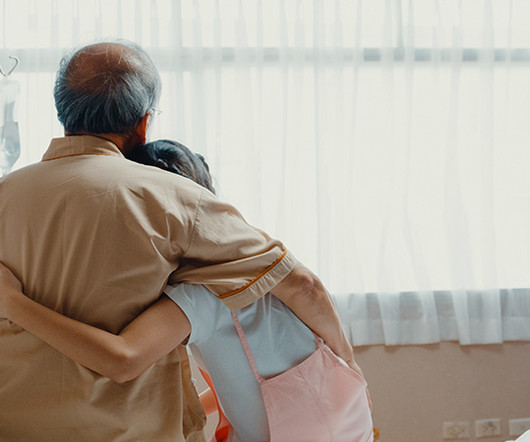As Inpatient Hospice Doors Swing Open, Others Slam Shut Nationwide
Hospice News
JUNE 1, 2023
Among the reasons that some inpatient hospice centers have shuttered are rising costs for paid sick leave and contract workers, as well as labor costs and high prices for personal protective equipment. Shifting care preferences are another driving force behind the closure, according to MercyOne. Located in Trillium Woods, Mich.,












Let's personalize your content